Last week’s budget was the moment Labour finally had to put some flesh on the bones of its pre-election promise to reform business rates, and the results have left many disappointed, including the chiefs of major retailers.
Despite Labour building a “clear expectation that fundamental reform of business rates would happen”, one outcome of budget decisions was that “rates next year will actually go up for us”, said Sainsbury’s CEO Simon Roberts as he delivered the supermarket’s half-year results on Thursday.
Labour’s manifesto pledge to level the playing field between the high street and online giants always looked like an impossible promise, with so many retailers invested in both channels. It’s something the previous government attempted, in 2022 proposals for an online sales tax, but the consultation arrived at no consensus on how to even define an online sale.
So, what is the government’s answer to the conundrum, and where does the 2024 budget leave business rates?
Labour’s solution to separating online retail from the high street, we now know, is that it’s not going to.
For a start, it’s not actually going to reform the business rates system until 2026/27.
This means it’s still “unclear what that will be” as the changes are “kicked into 2026”, pointed out a “disappointed” M&S CEO Stuart Machin on Wednesday.
Even then, the government’s “first steps to reform the business rates system”, which it set out in a discussion paper published alongside budget, look unlikely to be of any help to big retailers.
The proposed reforms include introducing two permanently lower rates of taxation for businesses occupying premises with a rateable value of under £500,000.
One, providing the biggest saving, will apply to those occupying premises with a rateable value of less than £51,000, who already pay a lower rate – or multiplier – as small businesses.
The other new lower rate will apply to businesses occupying premises with a rateable value of between £51,000 and £500,000.
Large retailers pay the price
The cost of these lower rates will be accounted for by applying a higher one to businesses occupying premises with a rateable value of £500,000 or above, a group that “includes the majority of large distribution warehouses including those used by online giants”, argues the government’s discussion paper.
But, as noted by BRC CEO Helen Dickinson, this group also includes larger stores, which “play a key role in attracting footfall to high streets and town centres”.
Indeed, all major supermarkets will be subject to the yet-to-be-determined higher rate, according to leading property consultancy Colliers.
“As well as impacting on the distribution and warehouse sector, this will also impact the larger businesses in the retail,” says Colliers head of business rates John Webber.
“So, the bigger businesses, the ones that actually create the jobs, will be hit for six.”
Simon Green, head of business rates at property consultancy Gerald Eve, says: “Many in the sector will quite rightly feel betrayed given Labour’s manifesto promise to ‘level the playing field between the high street and online giants’.”
It is also likely to make disappointing news for the list of supermarket chiefs who recently signed a BRC letter to chancellor Rachel Reeves calling for 20% business rates cut for all retailers, including those of Aldi and Lidl, who don’t even sell online.
Dickinson says: “With retailers paying over 21% of all business rates in the economy, the solution is not to simply shift the burden around, but to look outside retail to address the disproportionate impact of business rates on the industry.”
On the other hand, news of lower rates from 2026 has naturally been welcomed by those representing the smaller operators in line to benefit. The Shopkeepers’ Campaign chair Vivienne King calls it “encouraging”, adding: “High street businesses have long been at a disadvantage under the current system which unfairly penalises those with physical stores and ignores their contributions.”
But King also argues that “truly levelling the playing field means lowering the business rates burden for all.”
Business rate bills will ‘double overnight’
Smaller retailers will also need to survive until 2026/27 to benefit from whatever the lower rate becomes, something that will not be made easier by more immediate measures being put in place for 2025/26.
Since the pandemic, business rates relief for retail, hospitality and leisure has been repeatedly extended for a year at a time, and currently stands at a 75% discount with a cash cap of £110,000. From next April, that reduces to a 40% discount, with the same £110,000 cap.
For big chains it will make no difference, as either way they will hit the £110,000 before claiming the full relief, making minimal impact on their overall business rates liability.
However, smaller retailers whose business rates liability is below the cash cap will see their bill rise by 140%, according to Colliers.
Business rates experts Altus Group puts the number of high street properties exposed to that rise at 252,000, shouldering a collective increased tax burden of £688m.
Webber says: “Far from heading off a cliff edge [of relief ending altogether], the Chancellor’s measures potentially are driving the sector to the wall.”
Green describes the decision to slash the retail, hospitality and leisure relief scheme from 75% to 40% as “absolute madness”.
“It will see rates bills more than double overnight for 250,000 small businesses, leading to business failures and job losses,” he adds.
Such businesses can at least take some consolation from Reeves’ freezing of the small business rates multiplier for another year. It means their rates liability will remain 49.9p for every £1 of rateable value of their business property until March 2026.
But here lies more bad news for larger retailers occupying property with a rateable value of £51,000 or more, for whom the standard business rates multiplier is set to rise from April 2025 to reflect the Consumer Price Index inflation figure for September 2024, of 1.7%.
It will take the standard business rates multiplier from 49.9p to what Green calls an “eye-watering” 55.5p, “lumping an extra cost of £444m on to 220,000 businesses”.
“This hardly aligns with Labour’s manifesto promise to replace business rates to ‘better incentivise investment’ and ‘support entrepreneurship’,” Green says.
Read more:
-
Budget is playing a dangerous game with food price inflation
-
What does the budget mean for fmcg growth prospects in 2025?
Colliers’ Webber calls it “desperately disappointing”.
“Despite pre-election promises of business rates reform, nothing of significance was announced. There is to be no consultation, just a discussion document, and the measures announced hardly put a sticking plaster over the gaping wound rather bringing in any fundamental reform.
“Like the government before her, the chancellor has failed to tackle the business rates issue.”
Retail has waited months to find out how Labour plans to come through on pre-election promises that looked a little too good to be true. Now the government has played its hand, the sector knows it is because they were.

He’s responsible for covering the discounters and retail property, and for commissioning and editing The Grocer’s analysis features. He has over 20 years' experience as a journalist, during which his by line has appeared regularly in a range of national newspapers.
Follow Steve on Twitter: @Steve_Farrell_ View full Profile







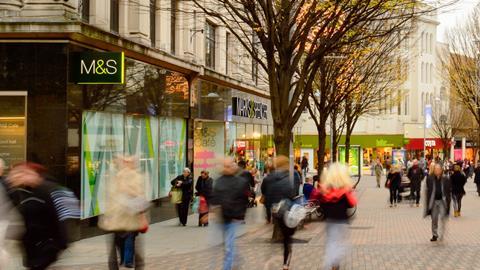


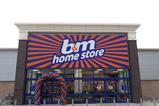




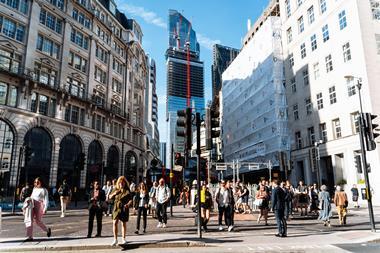




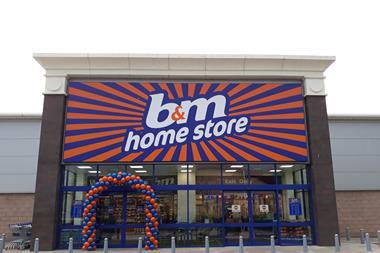


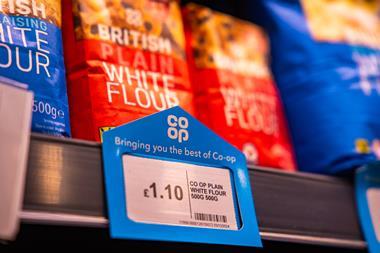
No comments yet